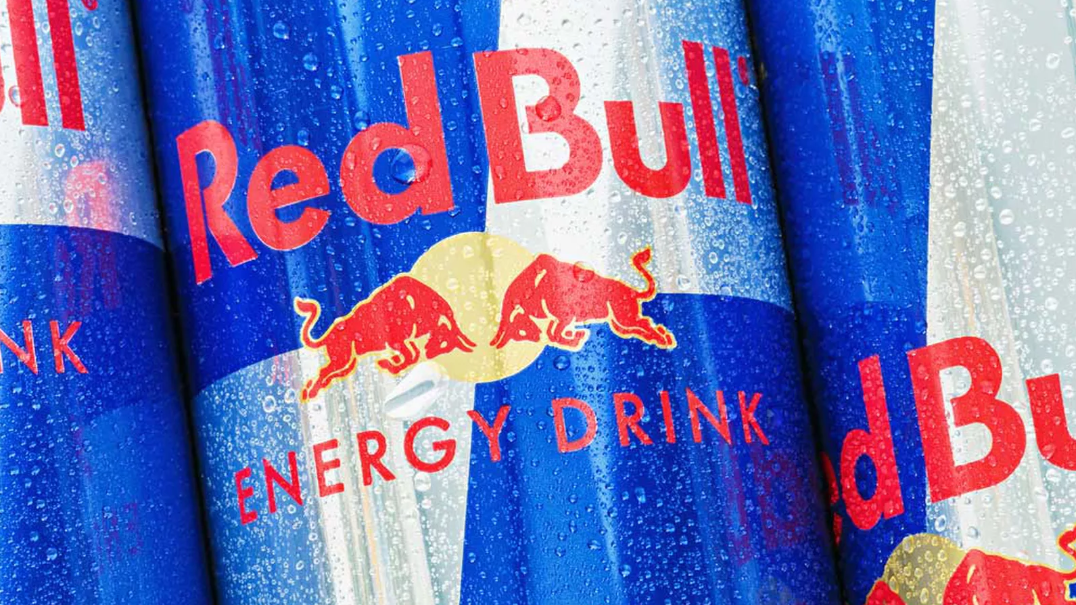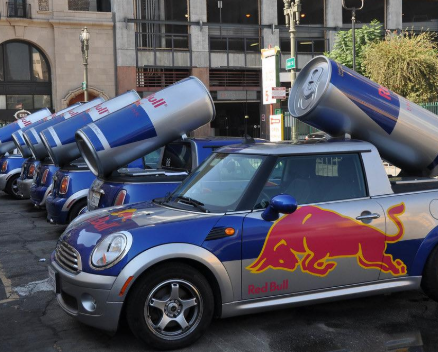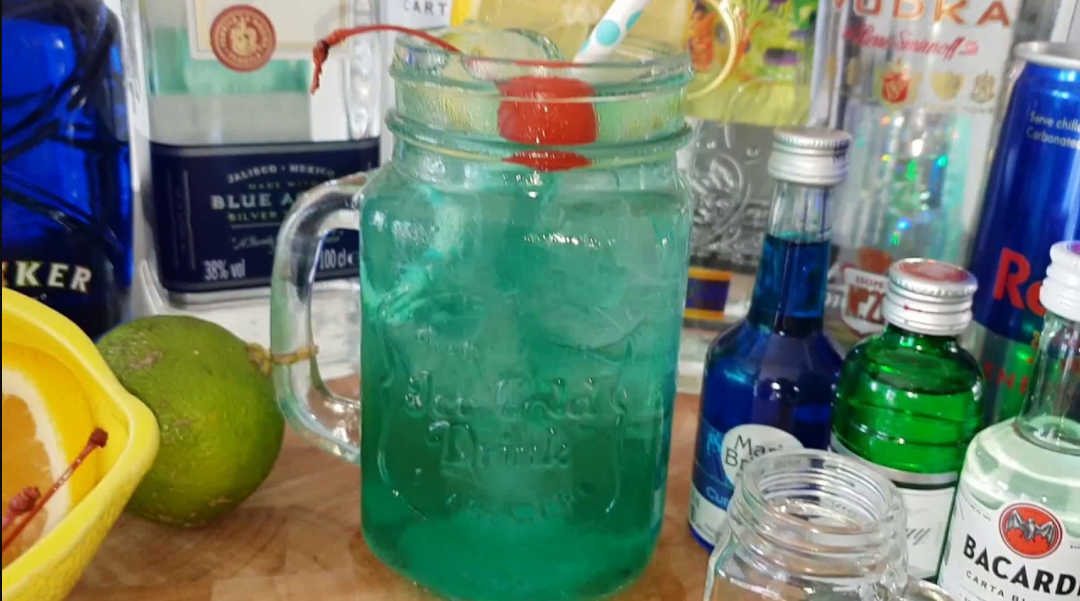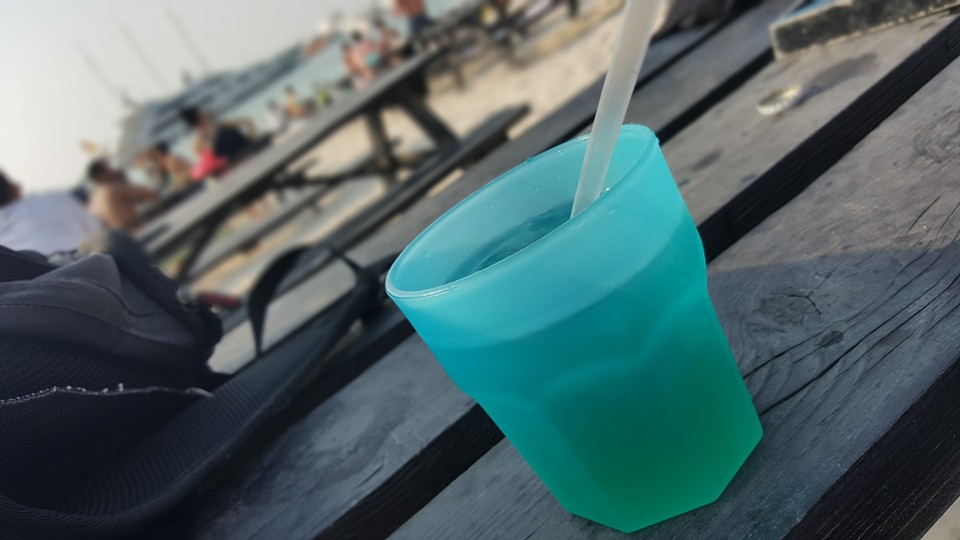The French authorities were suspicious in arguing the precautionary principle in front of a high level of caffeine with 80 grams per can and, the unknown effects of the other two main ingredients ;
The main controversy was the presence of 1 gram of Taurine per can, a nonessential amino acid identified as a neurotransmitter involved in cardiac muscle building. A substance also involved in the mechanism of digestion of lipids is already naturally present in the structure of bile acids. These acids are the precursors of bile salts, responsible for emulsifying dietary lipids which should include cholesterol. Besides, it is noted that Acamprosate, a derivative of taurine, is used in the treatment of alcohol dependence. But Taurine, when taken in high doses, did not have at the time any scientific studies allowing to clarify the interactions and the consequences resulting from the mass absorption of this amino acid.
The second substance targeted was 0.6 grams of Glucuronolactone per can, a carbohydrate unit that is not easily absorbed by the body. However, its food overdose would not contribute to the assimilation of the related gastric bolus.
However, the position of France has since been reviewed by the Minister of the Economy on July 16, 2008 to stop a ban on minors supported by a decree of July 21, 2009 issued by the Minister of Health¹












